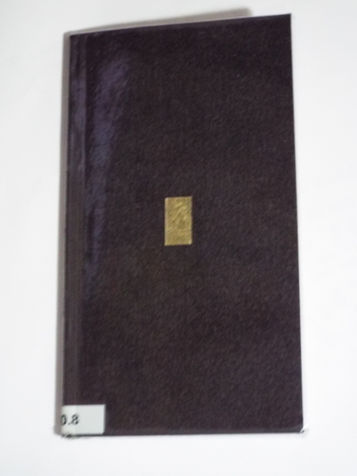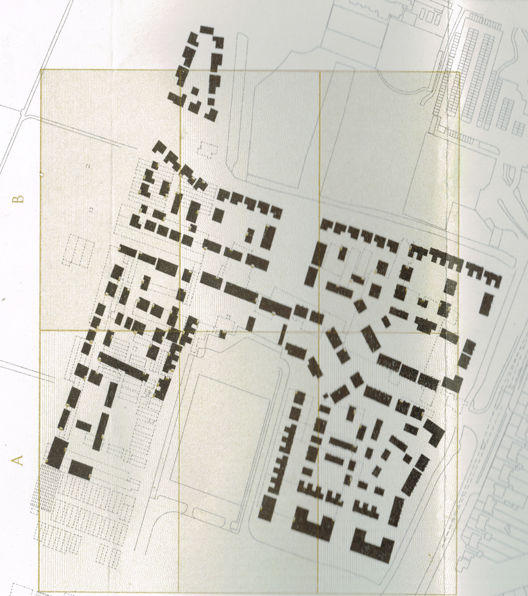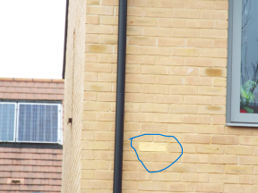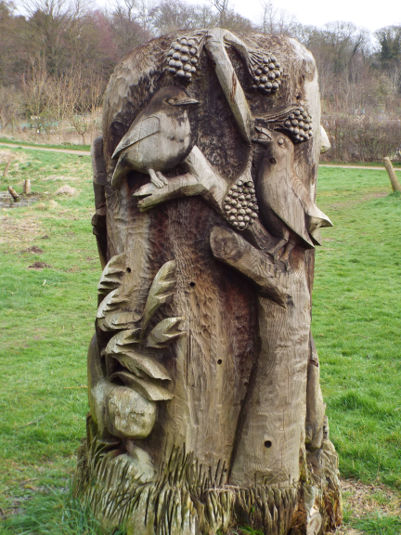Randall Evans, February 2024
Notes from the presentation given at the Local History Group meeting about South-West Trumpington: 5000 Years from Prehistory to Trumpington Meadows, held on 29 February 2024.
Mosaic of the Saxon bed burial


The Trumpington cross was found during excavation of the burial before building the houses on Trumpington Meadows. The bed burial inspired an installation in the form of a mosaic in the woods near Byron’s Pool. The mosaic was designed by Gary Drostle.
Describing the design, Muf Artist Partner Katherine Clarke said: “The idea of the mosaic is as if the ground has been cut away to reveal the layers of the past beneath from the prehistory of a shallow sea through the Saxon times to the Plant Breeding station and up to the present day, so motifs and artefacts from a range of historical periods are brought together as the objects that might be placed in the grave of a contemporary girl of the age the Saxon body was assessed to be. The setting was an attempt to make something that is ‘discovered’ so each person who comes across it can have that sense of puzzling what it is – rather than everything being explained and so take away the idea that perhaps there is more mystery in the landscape to be found.”




Sadly, the mosaic was damaged soon after it was put in place, in April 2017. There was further vandalism in subsequent years and flooding from the nearby river.







The TRACE project: gold bricks and the Plant Breeding Institute
In Trumpington Meadows there are 80 buildings with a gold-faced brick built in to the outer walls, why is this the case?
Artist Caroline Wright wanted to mark the history of the site, particularly the Plant Breeding Institute that developed new versions of crops, particularly grain and vegetables. The Plant Breeding Institute was opened by the then Minister of Agriculture in 1955. Anything with Maris in the name originated there. Wheat varieties include Maris Dove and Maris Ranger (winter wheats) and Maris Huntsman and Maris Widgeon which as well as increased yield were popular with thatchers because of the comparatively long straw. Maris Piper, Maris Bard and Maris Peer potatoes, Marias Kestrel (kale), Maris Bead (bean) and Maris Otter (barley) were bred on this site. The EU stopped the use of Maris in new plant varieties but Consort, Rialto, Hereward and Charger are amongst wheat varieties bred there. These are remembered as the names of roads.

A brief description of the TRACE project is available in a small black booklet (there is a copy in the Clay Farm Library local history section). This has a short history of the project and maps of the new roads and homes and the location of the bricks.
Caroline decided that it would be an idea to mark the outline of some of the buildings of the Plant Breeding Institute by incorporating markers at intersections between the new houses and the demolished buildings that had once stood on the site. To this end 80 bricks were made with a gold face and incorporated into the buildings. The 24-carat gold leaf acknowledges the archaeological finds made on the site including, of course, the Trumpington Cross.






Hopscotch artwork
See the separate page about the Hopscotch artwork in the Trumpington Meadows local centre.

Wood carvings in the Trumpington Meadows Country Park
Most, if not all, of the wood carvings in the Country Park are by wood wright Patrick Brown, who also made the small wooden tablets on the bridge into the Country Park from Kestrel Rise/Piper Green. One of the most dramatic carvings includes representations of the various animals and plants you can see on the reserve. There is also a bench with ink pot and quill pen themed around Lord Byron, due to the proximity to Byron’s Pool.


![Trumpington Meadows Country Park Discovery Day: wood carving art features; writing group commemorating Lord Byron in the 'Rainbow Reflection Garden' near the Byron's Pool car park [by Patrick Brown, wood wright]. Photo: Andrew Roberts, 11 June 2016.](http://trumpingtonlocalhistorygroup.org/wp-content/uploads/TM_3332_0616-277x175-1.jpg)

An expensive (£3000) and large (1.6m) wooden sculpture of a hare was stolen by thieves between 21-22 December 2016. It was prised off a metal rod that had been set into concrete in the ground. A slightly smaller replacement was installed on 28 September 2017.


Questions during Group meeting
Randall was asked about the significance of the name ‘Maris’. He and Howard Slatter explained that it was derived from Maris Lane, where there was an entrance into the PBI site, and that Maris Lane was itself named after the family that lived in the farmhouse opposite Anstey Hall in the 19th century.